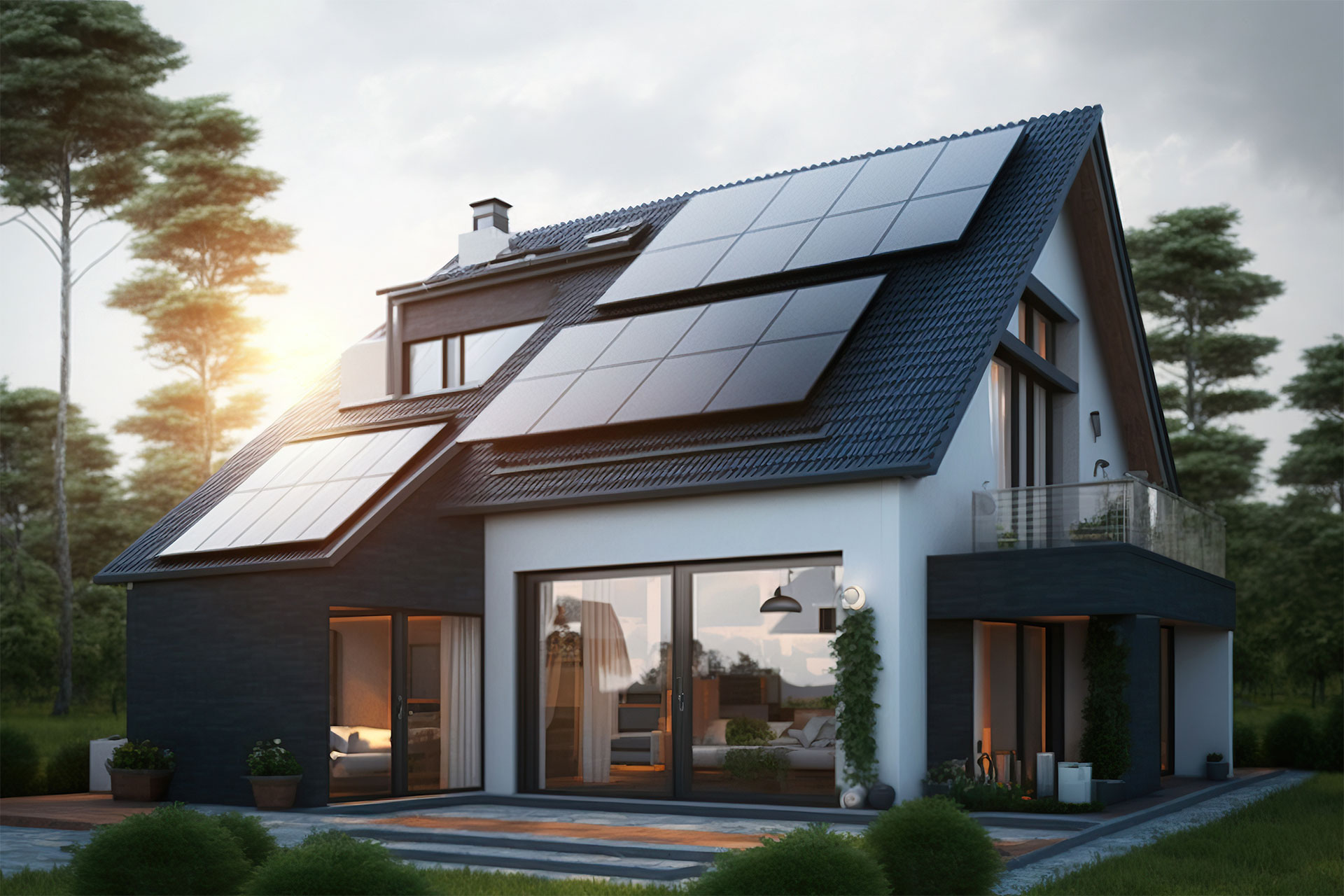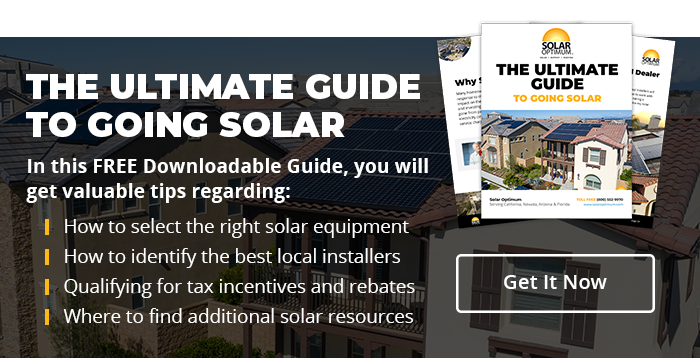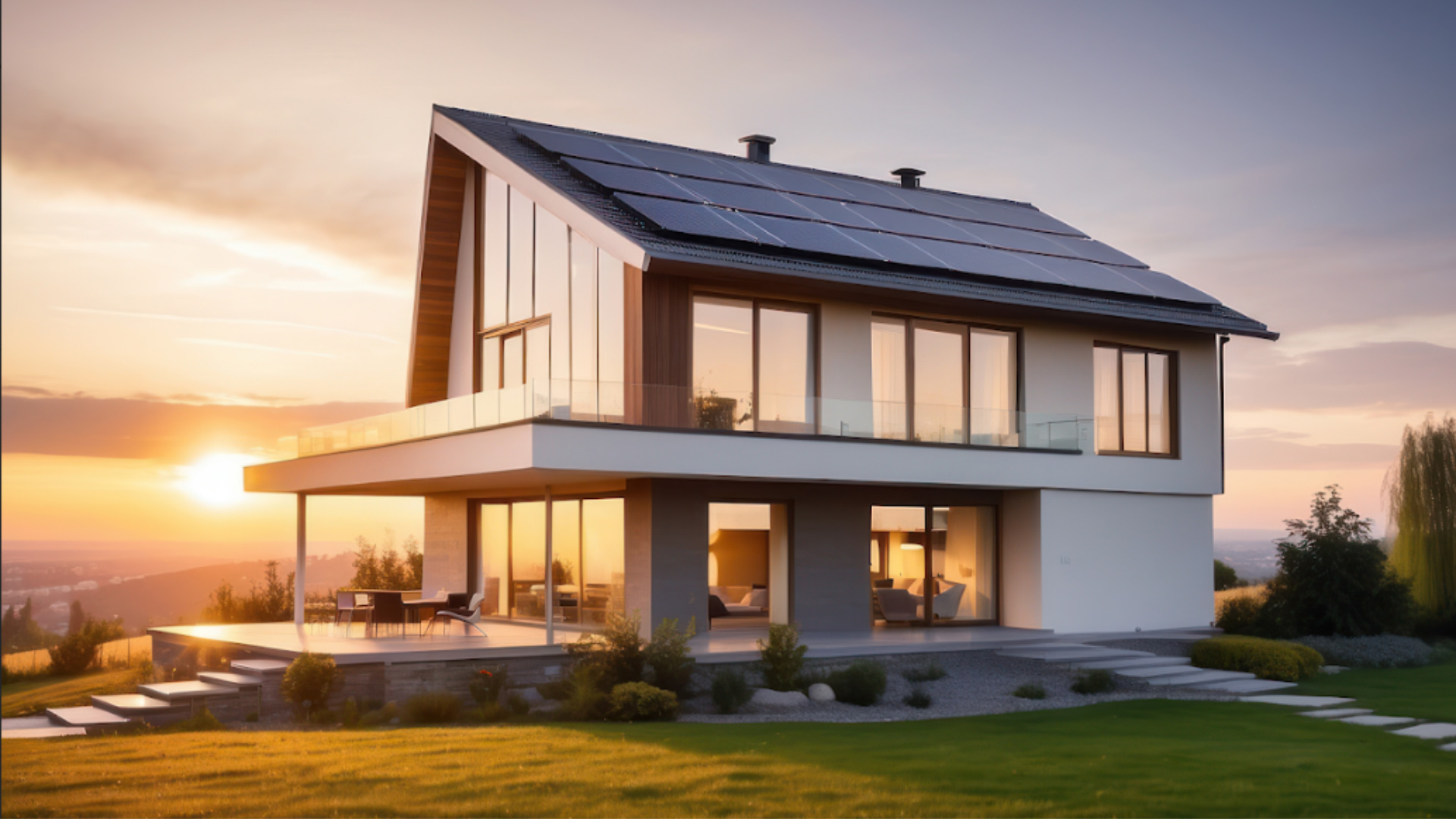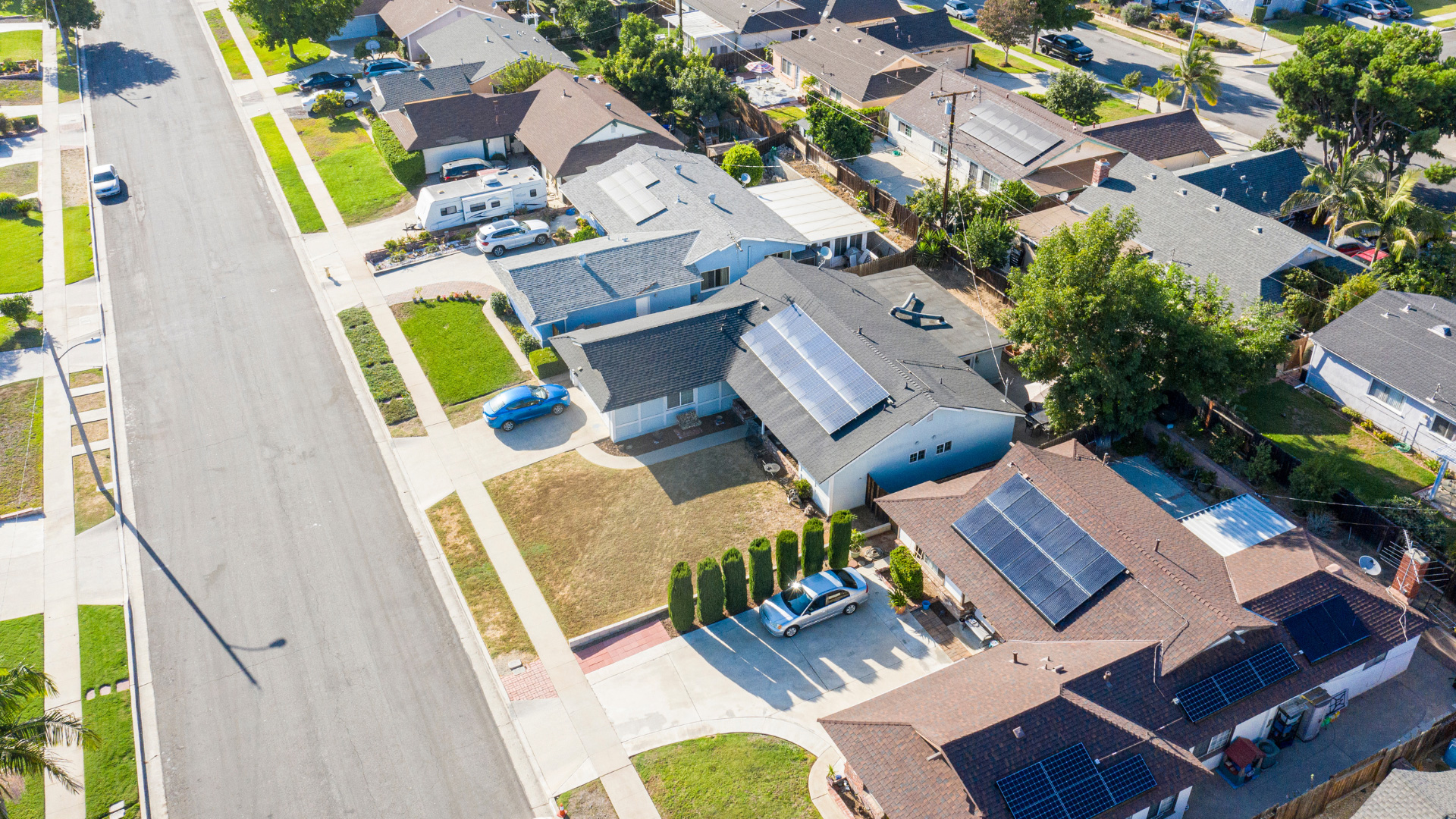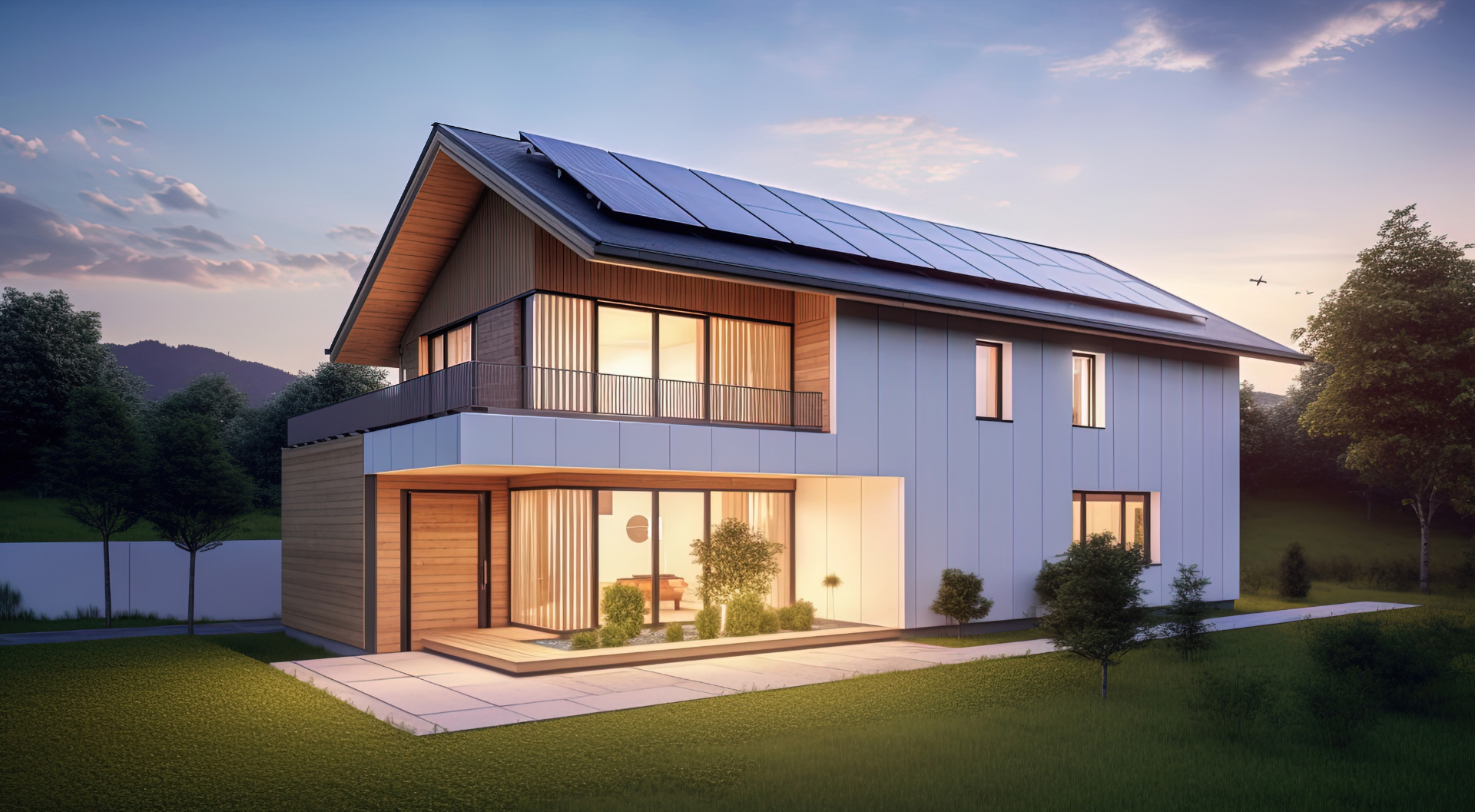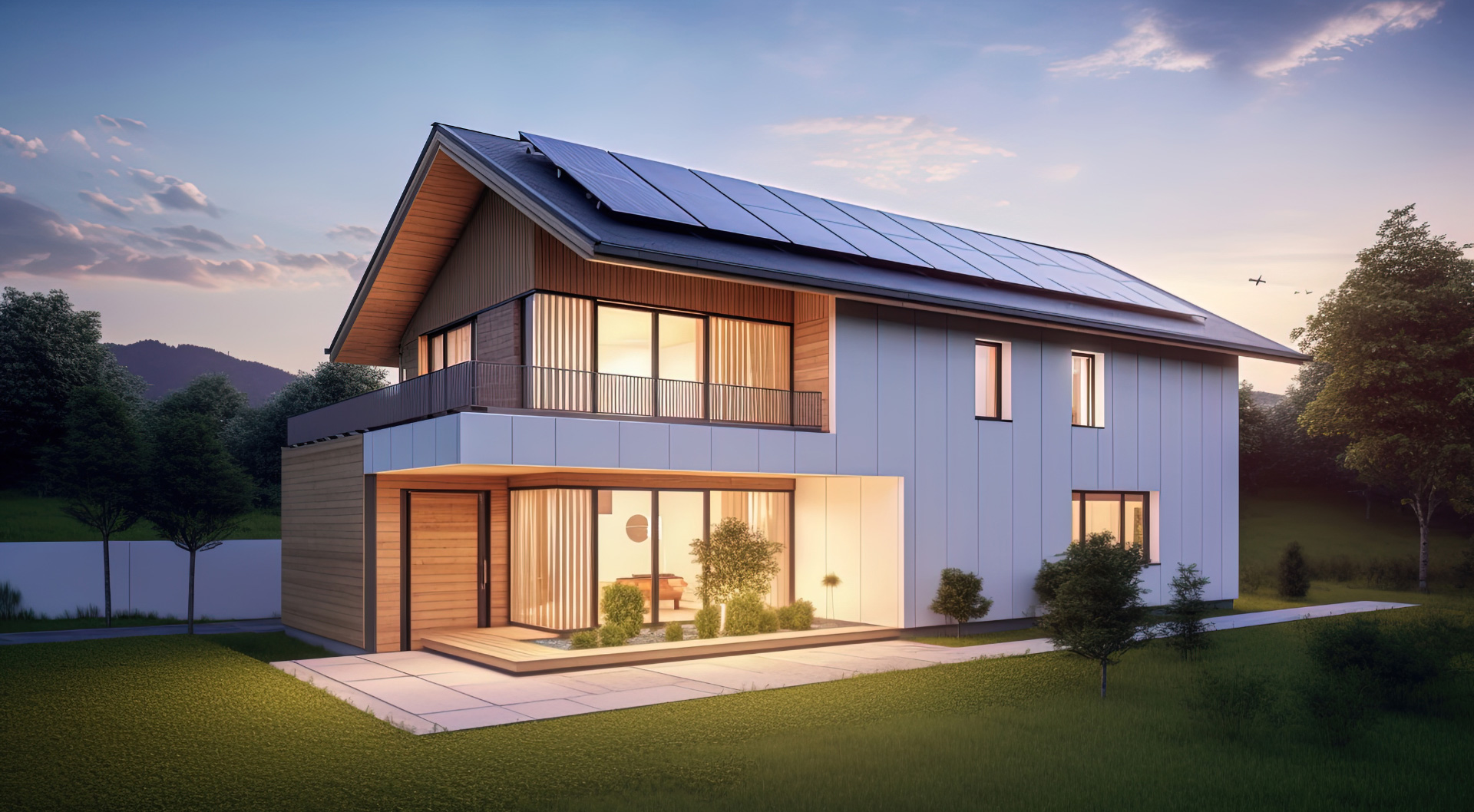Every day, you can hear about the advantages of solar energy. You hear about the efficiency, cost-savings and the potential to boost property values. You may have received more than a few pitches and optimistic estimates from solar installers. But when you hear too many praises of a major home installation, you can’t help but wonder: What are the downsides?
The best solar plan stems from being well-informed about the potential advantages and disadvantages of any design. How can you weigh your decisions if you don’t know how to compensate for the risks? So today, let’s talk about the potential disadvantages of solar energy.
Upfront Cost of Installation
Like any major home upgrade, installing solar panels on your house comes with a high installation cost. You will need to purchase the panels, solar controller and inverter, as well as electrical infrastructure and/or a bank of batteries.
The average cost of a solar panel system is about $25,000. However, prices can be offset with federal, state and local incentives. Keep in mind, while you have a high initial cost, you can anticipate return on investment when your solar panels start to create savings on your future energy bills.
Solar Efficiency May Vary
Solar panels almost never achieve 100% of their potential efficiency. Location, roof angle, shade and even the local weather (ex: clouds) can influence just how much direct sunlight your panels can soak up and turn into electricity.
To get the best performance, you’ll need to plan for optimal panel placement. For homes in North America, your panels should face South at an angle related to your distance from the equator. They should be in full sun without shade, if possible (tree trimming may be required) and creativity is sometimes necessary for properties with a non-optimal roof arrangement.
Need Enough Room for Plenty of Panels
Your optimal solar location should also be spacious. Small homes and small properties naturally have a limited area of space for panels they can support. Therefore, it can only safely generate so much power based on the panel count, position and local conditions.
Those with limited space, however, can work outside the box. Panels on the garage roof, in the sunniest part of the backyard or even on a sun-drenched exterior wall can increase your power-generating capacity.
Solar Panel Maintenance
While rarely discussed, solar panels do need maintenance. You will want to wash them off about once a month (dust, leaves and dirt reduce sunshine absorption) and they should be inspected at least once a year by a solar expert or electrician.
Consider your solar panels to be a major household appliance. Just like your HVAC or water heater, regular inspections, cleaning and tune-ups can significantly increase their performance and lifespan.
Net Metering vs Batteries
Not all power companies offer a good net-metering or energy buy-back deal. The best value for your energy often comes from battery storage and timely use of that stored energy. However, batteries can significantly add to your solar installation costs.
The good news is that recent advancements in battery technology help store solar energy for use during non-sunny periods while noting the current limitations and ongoing improvements.
Learn More About Solar With Solar Optimum
At Solar Optimum, our goal is to help you make the best decision for your home solar installation. Rather than accepting the first plan that comes along, we’ll help you make a detailed assessment of your property, finding just the right installation location, condition, number of panels and system design to meet your needs and your energy generation goals.
Whether you’re ready to dive into solar planning or you want to judge the pros and cons of every possible setup before deciding, we’re here with the answers and services you need to make it happen. Contact us to get a free solar panel estimate or download our Ultimate Guide To Going Solar.

